The future of Israel offers far more political possibilities than are currently perceived. While popular stereotypes of each of President Rivlin’s four tribes suggests a culture war between competing and often conflicting worldviews, also expressed through political allegiances, these stereotypes are rooted in real but only partial truths. The survey data dramatically shows that a richer exploration highlights dramatic differences within each of Israel’s sociologies. These suggest the possibility for different alliances and connections. In the muddy middle of the political map, we see dynamics in each tribe of Israel navigating the relationship between traditional and liberal identities, creating new possibilities that are less binary and more integrated: that one can be both Haredi and Israeli, Jewish and Israeli, Arab and Israeli. The nature of these integrations will define the politics of the coming years, and the political alignments that can emerge.
Read on for more results and conclusions from Shaharit’s five-year long survey project, including surveys of the general population, Haredim, Mizrahim, and Arab Citizens of Israel.
shaharit_Political Possibilities_booklet_digital
